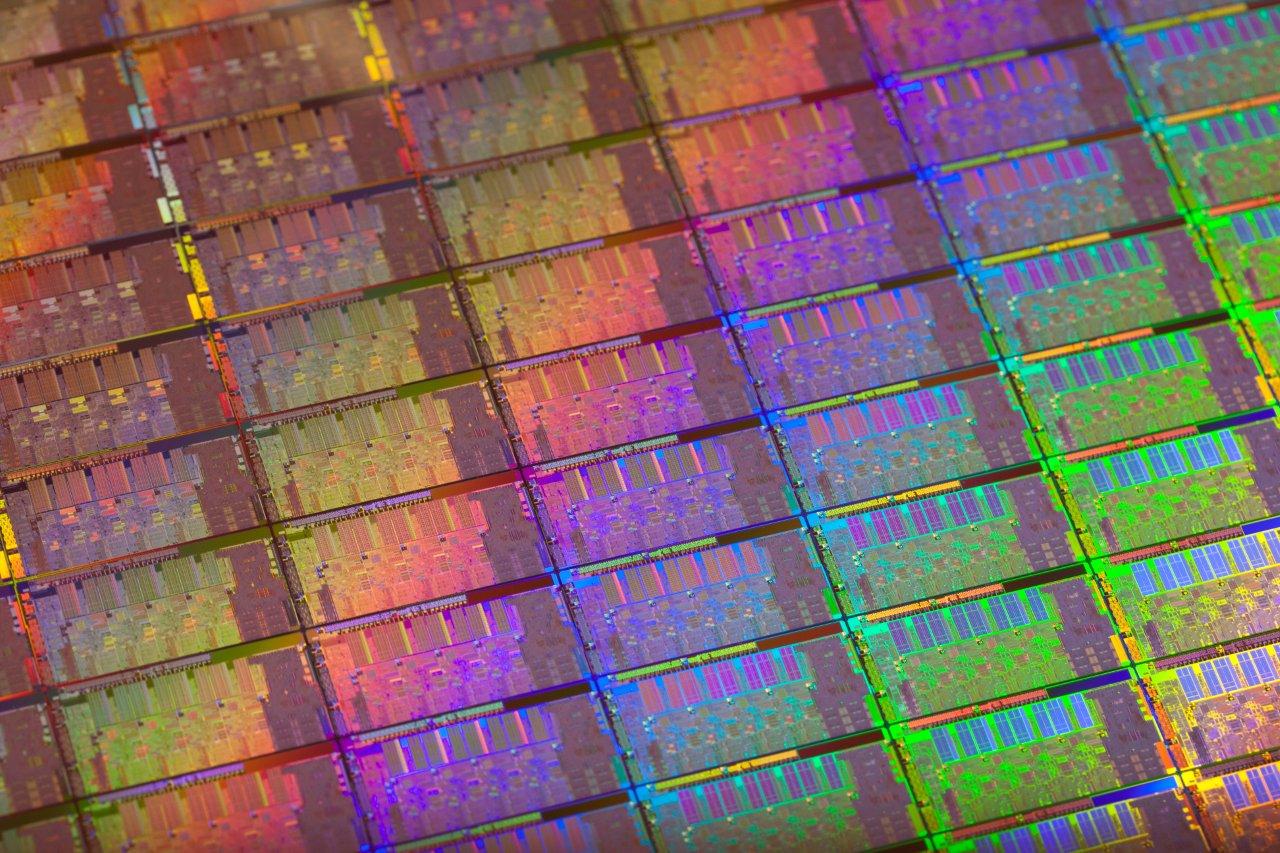Intel Fixes VT-d Bug in Sandy Bridge-E CPUs
Intel will be shipping its i7-3960X Extreme Edition and i7-3930K processor in C2 stepping in January, the company revealed in a product change notification (PCN) this week.
The C2 stepping removes the VT-d bug in C1 CPUs, which affected the CPU's hardware accelerated virtualization support.
While C1 CPUs are only running the software-accelerated only mode, the C2 now properly supports hardware acceleration on a hosted OS, Intel said. According to the document sent out on December 9, samples of the C2 Sandy Bridge-E processors became available last week. Commercial retail and tray units will begin shipping on January 20.
Intel told its customers that it does not anticipate "change to customer platforms designed to Intel guidelines." However, if a customer chooses to enable Intel VT-d, "regression testing is recommended to ensure their board is properly enabled," the PCN states. Those customers who prefer their own BIOS will have to install the latest Microcode update to support the C2 stepping.
Get Tom's Hardware's best news and in-depth reviews, straight to your inbox.

Wolfgang Gruener is an experienced professional in digital strategy and content, specializing in web strategy, content architecture, user experience, and applying AI in content operations within the insurtech industry. His previous roles include Director, Digital Strategy and Content Experience at American Eagle, Managing Editor at TG Daily, and contributing to publications like Tom's Guide and Tom's Hardware.
-
mouse24 I am confused, what exactly is VT-d and whats wrong with there being no hardware acceleration? isnt the gpu normally handling that?Reply -
mouse24 mouse24I am confused, what exactly is VT-d and whats wrong with there being no hardware acceleration? isnt the gpu normally handling that?Reply
edit: unless they mean it adds virtualization hardware accel support for virtual cores while running multi threaded apps... -
bejabbers Is this something that Intel will replace my c1 with? Or are they saying that everyone with the c1 is out off luck.Reply -
dgingeri mouse24I am confused, what exactly is VT-d and whats wrong with there being no hardware acceleration? isnt the gpu normally handling that?Reply
VT-d is hardware acceleration within the CPU for virtual machines. it has nothing to do with graphics. This is mostly used for (in home and/or regular user situations) virtual machines to run old software that won't run under the current OS, like running Windows XP software in a Windows XP virtual machine while the main OS is Windows 7, or running a Linux virtual machine on a Windows main OS. Most people won't be using it. If they do, VT-d won't make much of a difference for most people.
I do, however. I use it to make multiple virtual machines to learn stuff for IT certifications. Right now, I'm working on my MCITP-VA cert, running multiple virtual machines from my home server (running Windows 2008 R2) so I can get a better job. VT-d missing would mean great trouble for me, if I were to use it as a server. Thankfully, if I were to get one, I wouldn't be using it as a server since I already have that. -
molo9000 SteelCity1981For the typical pc user they don't even know what VT-d does let alone use it.Reply
The typical PC user doesn't buy a $1000 CPU. -
Pinhedd dgingeriVT-d is hardware acceleration within the CPU for virtual machines. it has nothing to do with graphics. This is mostly used for (in home and/or regular user situations) virtual machines to run old software that won't run under the current OS, like running Windows XP software in a Windows XP virtual machine while the main OS is Windows 7, or running a Linux virtual machine on a Windows main OS. Most people won't be using it. If they do, VT-d won't make much of a difference for most people.I do, however. I use it to make multiple virtual machines to learn stuff for IT certifications. Right now, I'm working on my MCITP-VA cert, running multiple virtual machines from my home server (running Windows 2008 R2) so I can get a better job. VT-d missing would mean great trouble for me, if I were to use it as a server. Thankfully, if I were to get one, I wouldn't be using it as a server since I already have that.Reply
That is not entirely correct.
VT-x is the set of extensions required to properly secure a virtual machine running in long addressing mode and reduce VM reliance on operation emulation. It is the bare minimum required to run an OS safely in 64 bit mode on Intel CPUs (AMD CPUs can run 64 bit guest OSes purely in software but will still see performance benefits from AMD-V).
VT-d and AMD-Vi are the sets of extensions required to properly allow a guest OS access to peripherals without having to go through a software layer. This allows guests to access Ethernet controllers, USB controllers, PCI-E controllers, SATA controllers, etc... VT-d is to the chipset as VT-x is to the CPU.
